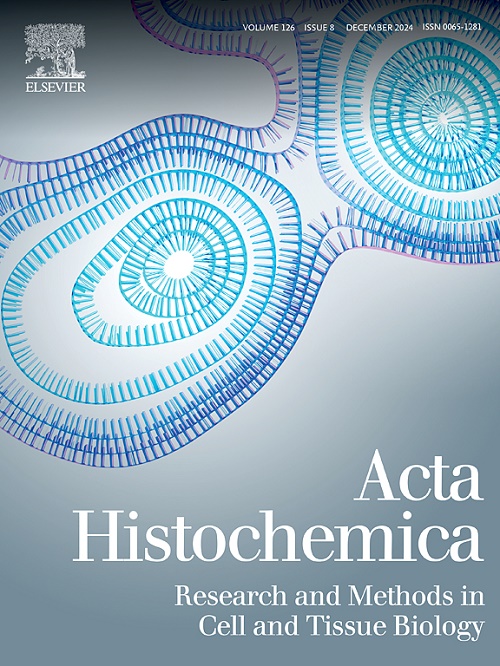Astrocyte S100β expression and selective differentiation to GFAP and GS in the entorhinal cortex during ageing in the 3xTg-Alzheimer's disease mouse model
Abstract
The study of astrocytes and its role in the development and evolution of neurodegenerative diseases, including Alzheimer’s disease (AD) is essential to fully understand their aetiology. The aim if this study is to deepen into the concept of the heterogeneity of astrocyte subpopulations in the EC and in particular the identification of differentially functioning astrocyte subpopulations that respond differently to AD progression. S100β protein belongs to group of small calcium regulators of cell membrane channels and pumps that are expressed by astrocytes and is hypothesised to play and have a relevant role in AD development. We analysed the selective differentiation of S100β-positive astrocytes into Glutamine synthetase (GS) and Glial fibrillary acidic protein (GFAP)-positive sub-groups in the entorhinal cortex (EC) of AD triple transgenic animal model (3xTg-AD). EC is the brain region earliest affected in humans AD but also in this closest animal model regarding their pathology and time course. We observed no changes in the number of S100β-positive astrocytes between 1 and 18 months of age in the EC of 3xTg-AD mice. However, we identified relevant morphological changes in S100β/GFAP positive astrocytes showing a significant reduction in their surface and volume whilst an increase in number and percentage. Furthermore, the percentage of S100β/GS positive astrocyte population was also increased in 18 months old 3xTg-AD mice compared to the non-Tg mice. Our findings reveal the presence of differentially controlled astrocyte populations that respond differently to AD progression in the EC of 3xTg-AD mice. These results highpoints the major astrocytic role together with its early and marked affection in AD and arguing in favour of its importance in neurogenerative diseases and potential target for new therapeutic approaches.

 求助内容:
求助内容: 应助结果提醒方式:
应助结果提醒方式:


